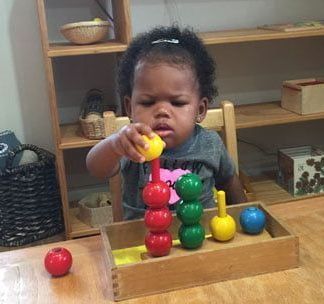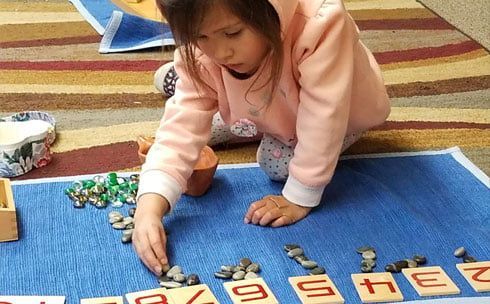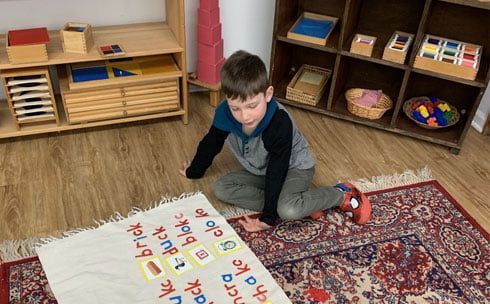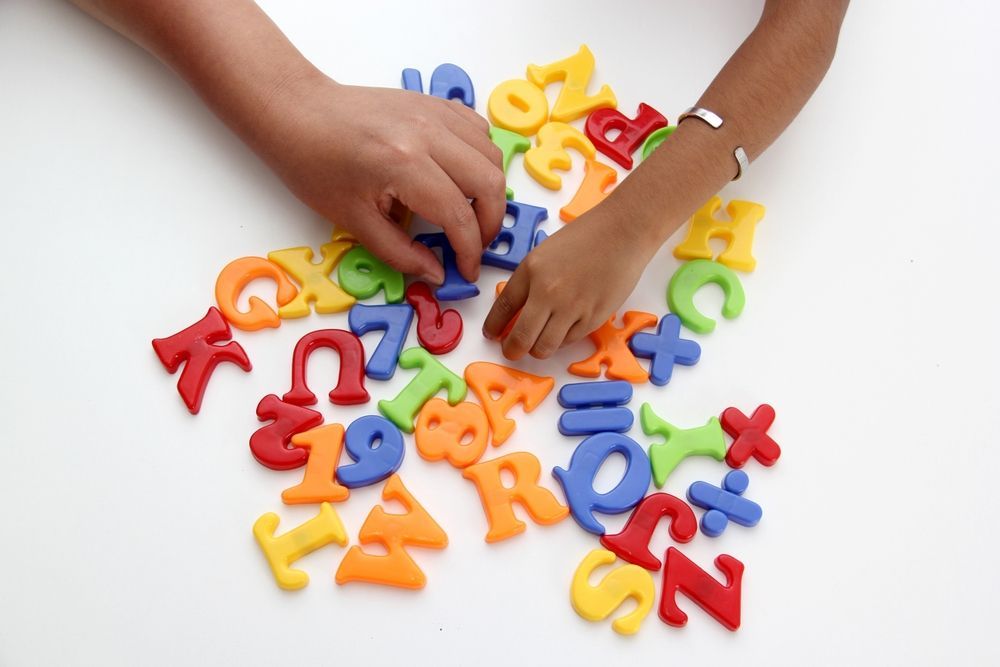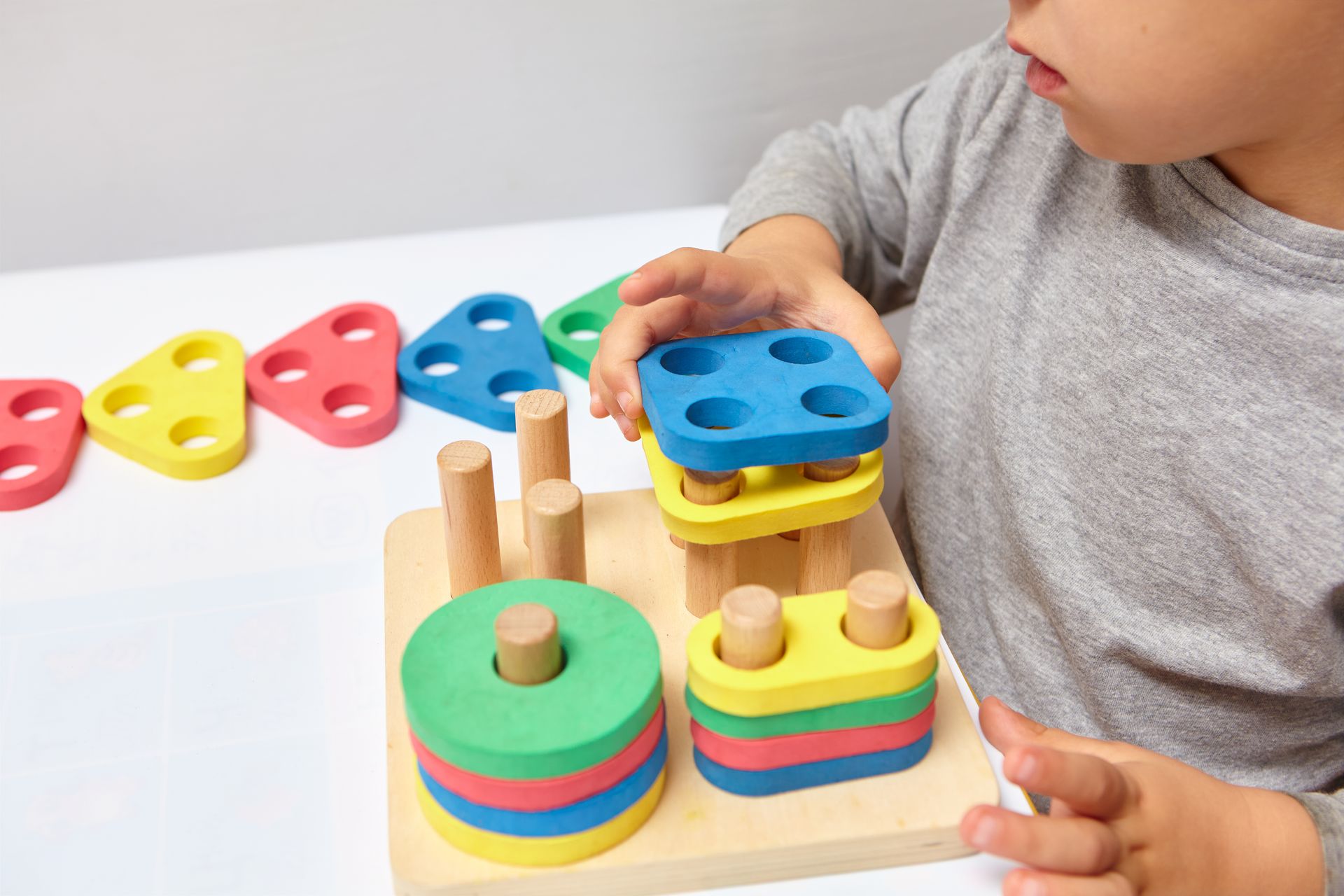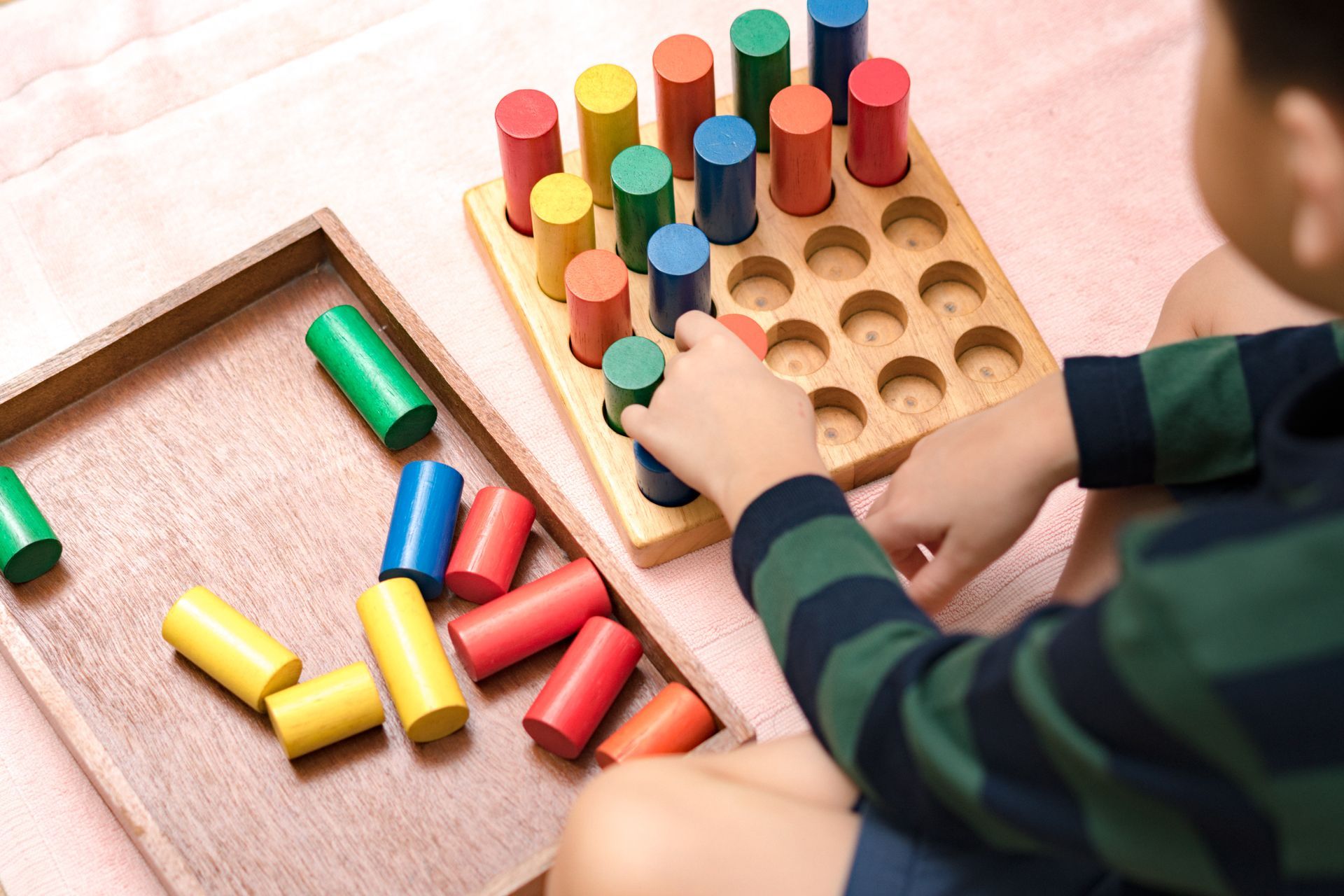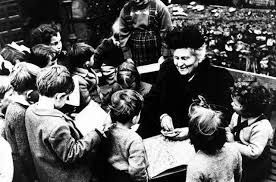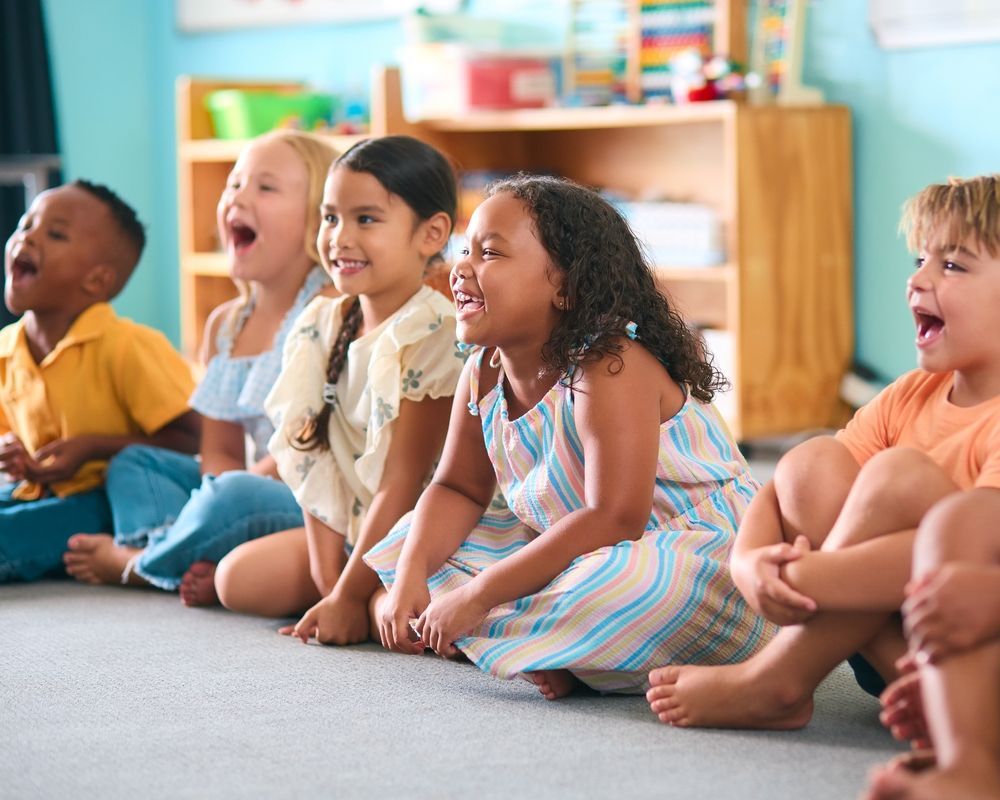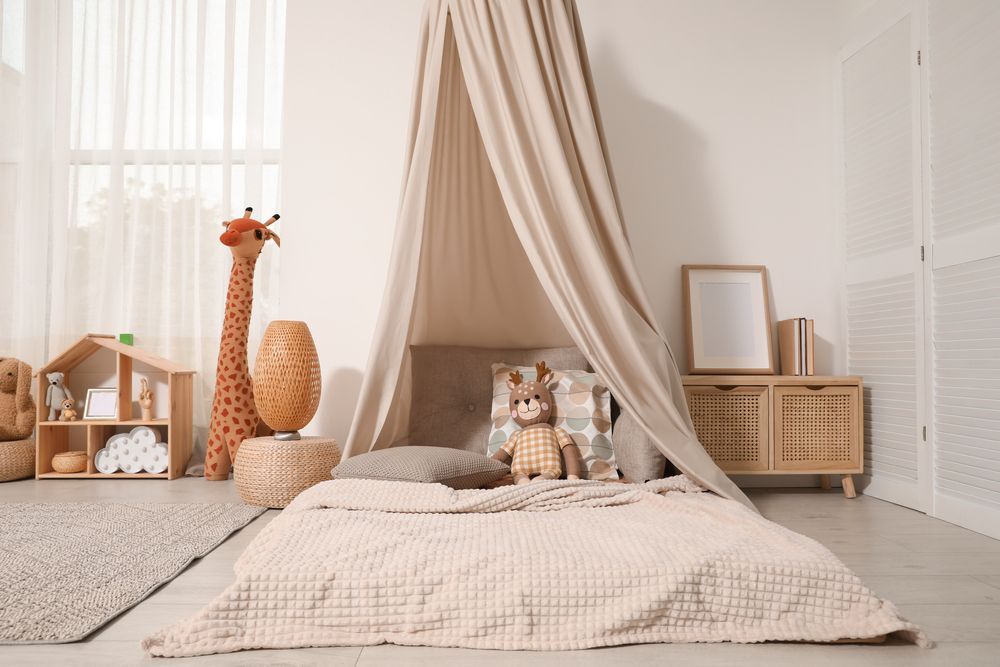The Montessori Approach and Screen Time: Finding a Balance
Share this Article:
Young children move easily between blocks and picture books. Then a glowing screen enters the mix. Touchscreens seem harmless, even helpful, but over time, they begin to compete for the same deep focus that real-world play builds. Parents often feel caught between wanting their child to keep up and wondering what’s being traded in the process. Questions surface about attention, creativity, and connection. Montessori sets a clearer path forward, one that respects both modern life and a child’s natural way of learning.
Understanding Screen Time in Today’s World
Screens are part of everyday life, even for the youngest children. Screen time typically begins in small, familiar ways like connecting with family or using apps designed for young children, but it tends to begin earlier than many parents anticipate. What starts as convenience can gradually become a habit. A quiet moment during dinner or a distraction in a waiting room adds up over time.
Experts continue to study how screen use affects developing brains. Some research points to links between excessive screen time and challenges in attention, sleep, and social-emotional development. But the impact isn’t just about how much time is spent in front of a screen. The quality, timing, and purpose all shape how a child responds.

Many families aren’t trying to eliminate screens. Most are looking for a balance that respects both learning and presence. That’s where Montessori screen time perspectives can help guide thoughtful decisions.
How Montessori Views Technology and Childhood
Montessori education begins with the understanding that young children learn best through hands-on experience and real-world interaction. Their development depends on movement, repetition, sensory exploration, and uninterrupted time to concentrate. These needs don’t align naturally with most screen-based activities, which are often fast-paced, passive, and heavily stimulating.
Rather than introducing screens into the classroom, Montessori environments are designed to help children build focus, self-direction, and practical skills. Materials are chosen carefully to match developmental stages, allowing each child to explore at their own pace.
Technology has a place in a child’s world, but not before they are developmentally ready. Montessori schools focus on building that readiness first, supporting deep attention and curiosity so that, when screens do appear, children are better able to use them with thought and purpose.
Finding Screen Time Balance at School and Home
Consistency between home and school gives children a greater sense of calm and rhythm. At Mansio Montessori, screen use is avoided during the school day to protect concentration and support hands-on exploration. Families can extend that approach at home through simple routines and clear boundaries.
Montessori-aligned ideas for supporting balance at home include:
- Creating screen-free zones, such as bedrooms or mealtime spaces
- Encouraging long periods of open-ended play, indoors, and outside
- Using calm transitions instead of screens during challenging moments
- Selecting content that reflects real life and unfolds at a slower pace
- Watching together and inviting conversation about the experience
- Building screen use into a predictable rhythm, not spontaneous habits
Small changes like these foster more room for connection, creativity, and rest throughout the day.
When and How Screens Can Support Learning
Not all screen time carries the same weight. What a child watches, how they watch it, and the role it plays in their routine all shape its impact. In Montessori settings, screens are not used as teaching tools for young children, but that doesn’t mean learning never happens in front of a screen.
When used sparingly and intentionally, certain types of content can support a child’s curiosity. A nature documentary may prompt new questions about animals. A video of a cultural celebration might spark interest in geography or family heritage.
The key is relationship. When an adult is present to talk, pause, or extend the learning, the experience becomes interactive. Co-viewing creates a shared moment, which mirrors how young children naturally learn through connection, conversation, and meaningful context.
Helping Your Child Build Self-Regulation
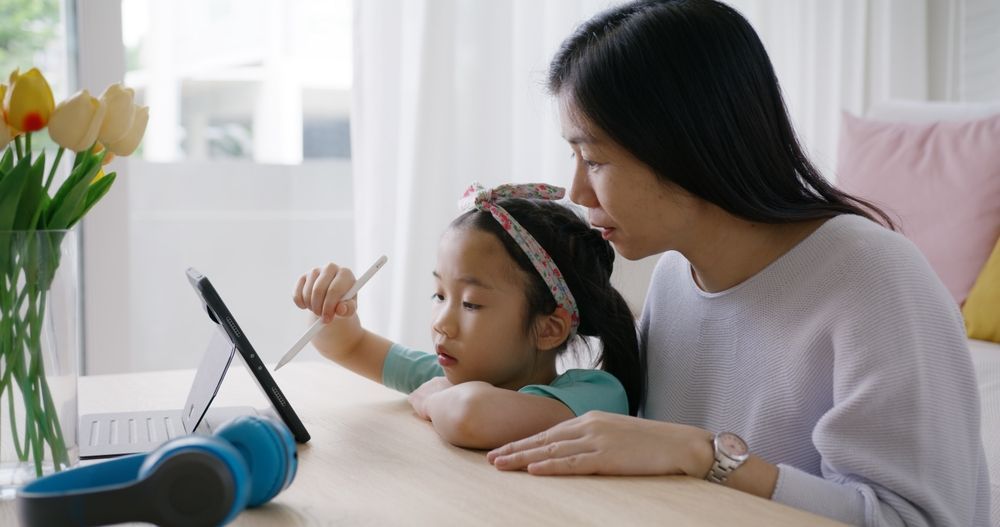
Young children are still learning how to manage their impulses and emotions. Screens, with their fast pace and immediate rewards, can overwhelm that developing process. Montessori classrooms are intentionally structured to support self-regulation through routine, choice, and clear limits. Children practice waiting their turn, choosing their own work, and finishing tasks without external pressure.
At home, similar structures can help. Predictable rhythms, limited choices, and quiet spaces all support a child’s growing ability to pause and think before acting. Delaying screen time or offering it at planned times teaches patience and builds trust.
Over time, these experiences form an internal framework. Children begin to recognize what helps them feel calm, focused, or overstimulated. This awareness becomes the foundation for making thoughtful choices, including when and how to engage with screens
The Montessori Difference: Lifelong Balance and Curiosity
In a Montessori environment, children build habits that last beyond early childhood. The emphasis on real-world materials, deep concentration, and intrinsic motivation lays a foundation for lifelong learning. Children grow comfortable working with focus, making choices, and following their curiosity at their own pace.
These patterns begin to influence how they engage with technology over time. Children who experience calm, purposeful learning are more likely to carry that mindset into other parts of life. They may pause before switching activities, ask more thoughtful questions, or turn away from screens when they feel overstimulated.
Balance takes root in small, daily moments. It shows up at home, in relationships, and eventually in how children decide what to give their attention to and what to let go.
Schedule a Tour of Our School Today
Every child benefits from an environment that honors their need for movement, focus, and independence. At Mansio Montessori of Geneva, our programs reflect that commitment from toddlerhood through the kindergarten year. The classroom experience gives children space to grow, question, and explore without unnecessary stimulation.
Families often tell us they notice a change over time. Children show more calm, deeper engagement, and stronger self-direction. These patterns begin early and continue to influence how children learn, play, and relate to others.
If you’re curious about how Montessori supports healthy screen time habits and whole-child development, we invite you to learn more. You can
contact us to ask questions, schedule a visit, or explore next steps. When you're ready to
enroll, we’ll help you move forward at a pace that feels right.

